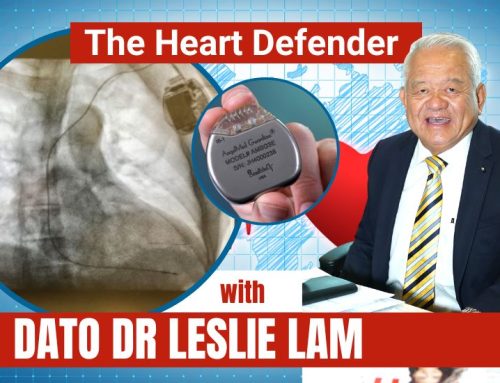Rib Fractures: Understanding the Causes, Treatment, and Prevention Expert Insights from Dr. Aneez D.B. Ahmed of @ictssg Rib fractures are a common injury that can be caused by a variety of factors, from sports and physical activities to car accidents and falls. In this exclusive interview with Dr. Aneez D.B. Ahmed, we dive into the topic of rib fractures, exploring everything from the causes and symptoms to the treatment options and prevention strategies.
Causes of Rib Fractures: Dr. Aneez D.B. Ahmed explains that rib fractures are most commonly caused by direct impact to the chest, such as from a fall or car accident. However, they can also be caused by repetitive motions or overuse, such as in athletes who participate in contact sports or weightlifting. Osteoporosis, a condition that weakens bones, can also increase the risk of rib fractures.
Symptoms of Rib Fractures: The symptoms of rib fractures can vary depending on the severity of the injury. Mild cases may only cause discomfort or pain when breathing deeply or coughing, while more severe cases can cause sharp pain, difficulty breathing, and even a visible deformity. Dr. Aneez D.B. Ahmed stresses the importance of seeking medical attention if you suspect you have a rib fracture, as they can cause complications such as lung punctures or damage to other organs.
Treatment Options for Rib Fractures: Dr. Aneez D.B. Ahmed explains that the treatment for rib fractures varies depending on the severity of the injury. Mild cases may only require rest and pain management, while more severe cases may require immobilization with a brace or even surgery. It’s important to follow the guidance of a medical professional when treating a rib fracture, as improper care can lead to complications or slow healing.
Prevention Strategies for Rib Fractures: There are several strategies that can help reduce the risk of rib fractures, according to Dr. Aneez D.B. Ahmed. These include avoiding risky activities or taking precautions when participating in them, such as wearing protective gear. Maintaining good bone health through proper nutrition and exercise can also reduce the risk of fractures. Additionally, if you have osteoporosis, it’s important to work with a medical professional to manage the condition and reduce the risk of fractures.
In this video, Dr. Aneez D.B. Ahmed provides valuable insights into the causes, symptoms, treatment options, and prevention strategies for rib fractures. By understanding these important factors, you can take steps to reduce your risk of injury and ensure proper care if a fracture does occur.











